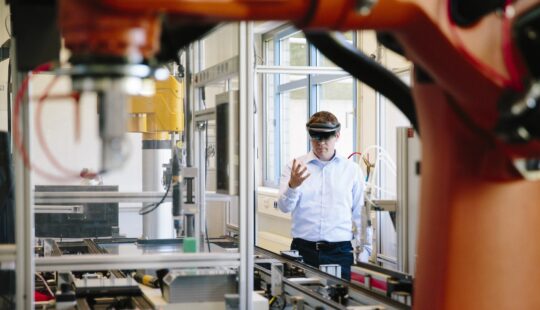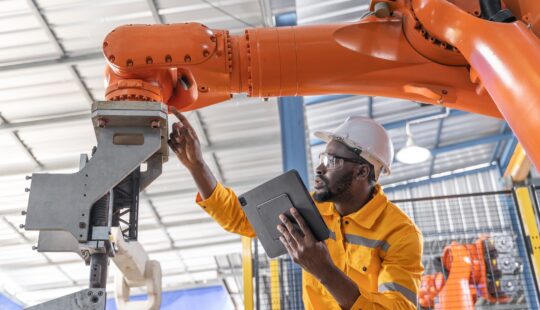What’s News
The U.S. Federal Reserve will likely raise rates for the sixth consecutive time today, Wednesday, to fight high inflation, which is still running at its fastest pace in nearly 40 years.
SAP’s Take
“The Fed is continuing to increase interest rates to slow down the economy by making debt costlier,” explained AJ Shrestha, an economic policy expert in SAP Corporate Development. He said that this will result in consumers and businesses slowing purchases with debt as well as reduced economic activity overall.
What will another rate hike mean? For consumers, Shrestha said that increased interest rates mean purchasing a home or car will become more expensive. Also, refinancing a mortgage or student loan will become more costly. Credit card interest rates could also increase, so debt on outstanding balances may rise too. On the other hand, rising interest rates could mean better returns on savings accounts.
For home buyers, the rate hike will send financing costs higher. Thirty-year fixed-rate mortgages are already at their highest levels since April of 2002. Current home shoppers have lost considerable purchasing power as rates almost doubled since the start of the year. By some estimates, the increase in mortgage rates since the start of 2022 has the same impact on affordability as a 35% increase in home prices. That means if you had been approved for a $300,000 mortgage at the beginning of the year, you could now only afford a home priced at $200,000 or less.
While most businesses benefit from the Fed’s action to cool the economy to bring inflation down, which helps them manage costs, Shrestha says: “The higher rates translate to less access to capital to grow or expand businesses as financial institutions get increasingly tighter when making business loans in a volatile economic environment.”
The Fed is hoping that its actions will slow down the economy from the top down, but raising rates is an inherently indirect way to stabilize prices — so it is unclear how long it will take to see the impact on the economy.
There have been some positive signs, said Shrestha. “The labor market re-balancing is off to a good start, wage growth slowed down slightly and higher rates sapped the momentum in soaring house prices. These key initial signs could be a signal that we are on the path to reducing inflation and decreasing the odds of a recession.”
Is this likely to be the last rate hike? Probably not, according to Shrestha: “The Fed’s fast pace of rate increases has not slowed inflation down from its highest level since the early 1980s and so there will be more rate increases in the upcoming months and longer if inflation continues to persist at high levels.”
The Fed has increased rates five times since March 2022, and it is expected to increase them two more times before the end of the year: 75 basis points (bp) in November and another 50bp in December.
Fed officials have also indicated that they are willing to continue raising rates in early 2023 in order to meet a median interest rate forecast of 4.6% for 2023. Shrestha said that this implies an additional 25bp rate increase in February and 25bp in March.
Contact:
Ilaina Jonas, Senior Director of Global Public Relations, SAP
+1 (646) 923-2834, ilaina.jonas@sap.com



